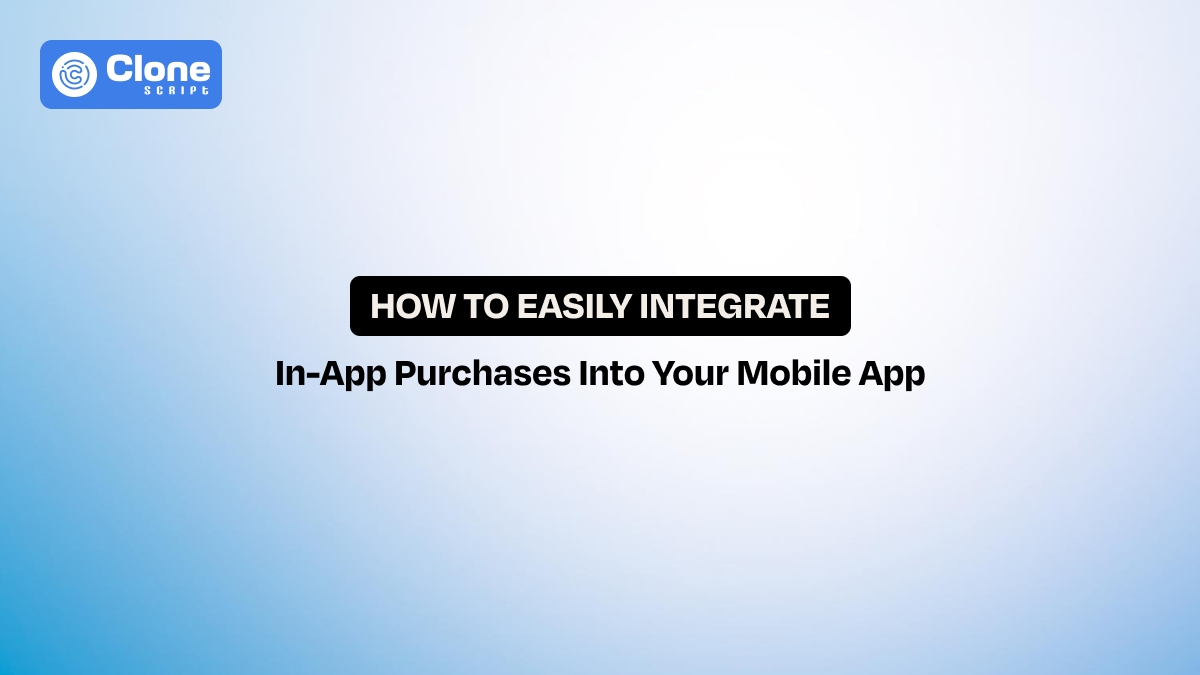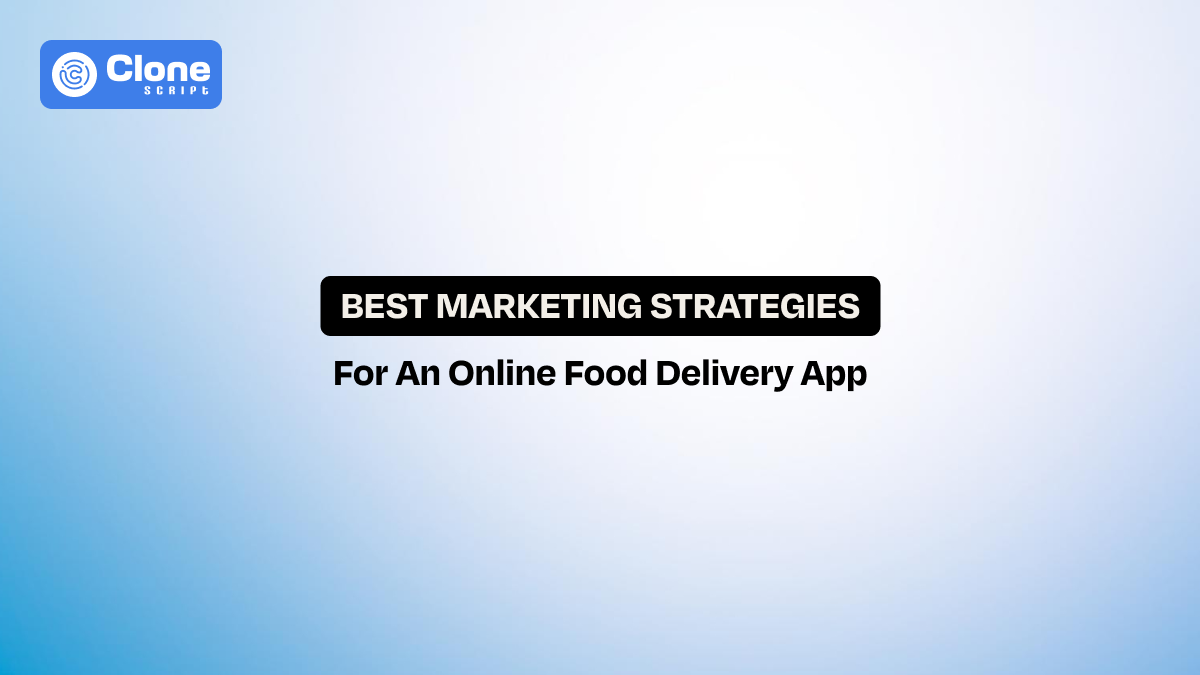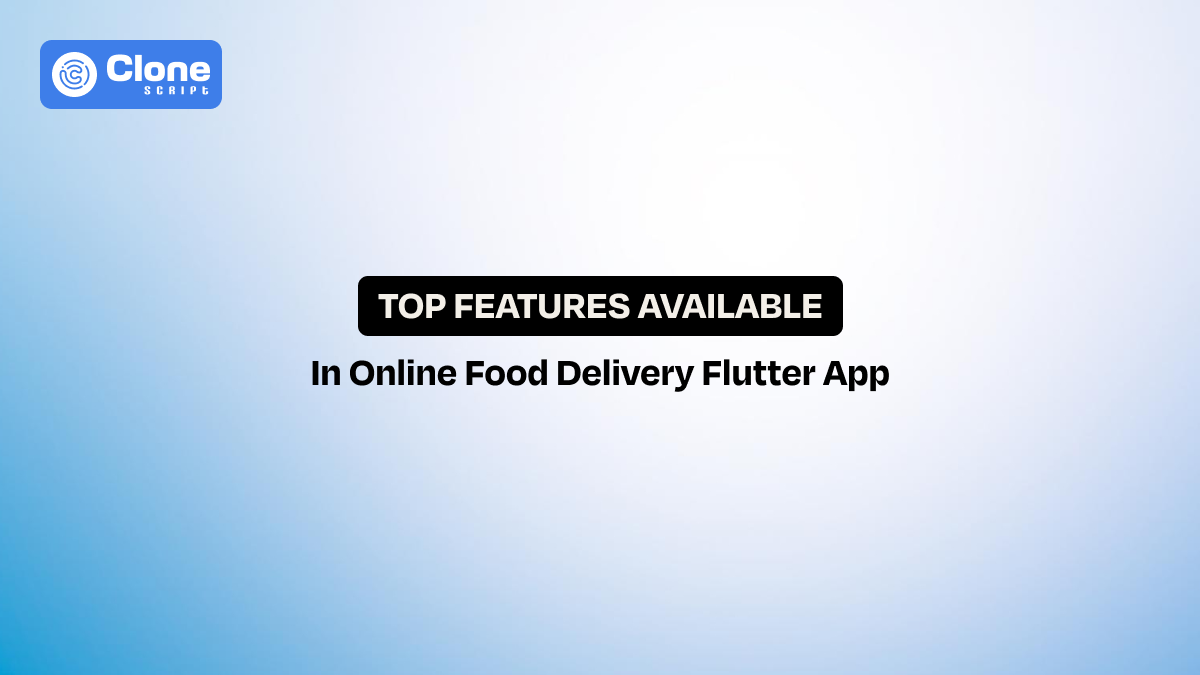How to Easily Integrate In-App Purchases into Your Mobile App
Ever tapped “unlock premium” in your favorite app? Maybe it was a few extra game lives when you were about to win, or a one-time upgrade that made a productivity tool twice as useful. Those tiny decisions are what fuel today’s app economy.
But here’s the tricky part: for developers, adding in-app purchases isn’t just about plugging in a payment button. It’s about making sure Apple or Google approves your setup, that payments don’t fail halfway, and that the experience feels effortless for the user.
Get it right, and you’ve got a revenue stream you can count on. Get it wrong, and you’ll have frustrated users (and possibly a rejected app). That’s why this guide walks you through the IAP process, the real-world steps developers need, from setting up to monitoring.
Understanding In-App Purchase Types
Before jumping into code or SDKs, you need to clearly define the type of purchases your app will offer. Both the Apple App Store and Google Play Store classify IAPs into specific categories, and choosing the wrong one can create approval issues or force you into major rework later. Getting this right at the start helps you design your purchase flow, backend logic, and user experience without unnecessary roadblocks.
1. Consumables
-
What they are: Items that can be bought, used, and repurchased.
-
Examples: in-game coins, power-ups, extra hints, or credits in language-learning apps.
-
Best use case: Apps where users expect repeated, short-term transactions.
From a developer’s perspective, consumables are the simplest to implement because you don’t need to track or restore them across devices. Once consumed, they’re gone.
But this simplicity comes with responsibility. You’ll need to make sure inventory management is smooth and avoid creating frustration if users accidentally lose items. Many successful mobile games rely heavily on consumables, so balancing pricing and value is key.
2. Non-Consumables
-
What they are: One-time purchases that unlock permanent access.
-
Examples: ad removal, premium feature unlocks, advanced tools, or extra app themes.
-
Best use case: Freemium apps where the core app is free but advanced features are gated behind a paywall.
Developers must implement a restore mechanism, especially for iOS, so users can retrieve purchases when they reinstall the app or switch devices. Without this, you risk both user dissatisfaction and app store rejection.
Non-consumables are also a strong fit for apps that want to keep monetization simple while still offering an upgrade path for loyal users.
3. Subscriptions
-
What they are: Recurring purchases, billed weekly, monthly, quarterly, or yearly.
-
Examples: Netflix (monthly streaming), Notion (productivity suite), Calm (meditation app).
-
Best use case: Apps offering continuous value like fresh content, ongoing services, or cloud-based features.
Subscriptions are the most lucrative but also the most complex. Developers must handle these issues prominently:
-
Renewals and cancellations to avoid the uninstallation rates.
-
Grace periods and failed payments to avoid sudden feature lockouts.
-
Refund handling across platforms.
Apple and Google provide tools for managing subscription lifecycles, but backend validation and syncing are important. Without these, you risk angry users who get charged but don’t see their subscription benefits.
Analytics also matter by tracking churn, trial conversions, and lifetime value; it helps optimize long-term monetization.
4. Auto-Renewable vs. Non-Renewable Subscriptions
-
Auto-Renewable: Automatically renew until canceled. Best for streaming, cloud storage, or fitness apps. Reduces user churn rate but requires backend management and subscription syncing to avoid service disruptions.
-
Non-Renewable: Expire after a set time, requiring manual repurchase. Used in short-term content access (like seasonal passes, academic terms, or one-off training modules). They’re easier technically, but need clear UX reminders so users know when to renew.
Choosing between these two models depends on your app’s nature. Auto-renewal is powerful for ongoing services, while non-renewal works best for limited-time offerings.
Why Choose Professional Integration Services?
When it comes to in-app purchases integration, many developers try to do everything on their own. After all, Apple and Google provide SDKs and documentation. Why not just follow the guide and be done?
The challenge is that in-app purchases aren’t just about writing code. They involve security, compliance, and user experience, all of which are constantly evolving. Even a minor mistake can cause big problems:
-
If your integration doesn’t follow App Store or Google Play guidelines, your app could get rejected during review.
-
If you don’t validate receipts correctly, you risk revenue leakage from fraud or accidental unlocks.
-
If your purchase flow feels slow or buggy, users abandon it, leading to lost sales and bad reviews.
This is where professional in-app purchases integration services for developers come in. These services (or specialized consultants) bring expertise to handle:
-
Compliance: They keep track of Apple and Google’s changing rules so you don’t have to.
-
Security: They analyze purchases that are validated on secure servers, not just on the client side.
-
Scalability: They help set up backend systems to manage subscriptions, renewals, cancellations, and user entitlements smoothly.
-
User Experience: They design purchase flows that look and feel trustworthy, which boosts conversion rates.
Another key advantage is time savings. Instead of spending weeks debugging sandbox errors, deciphering cryptic API responses, or rewriting your code after an unexpected policy change, professionals help you launch faster and with fewer risks.
In short:
-
If you’re confident and have the time, you can integrate IAPs yourself.
-
If you want to avoid headaches, reduce risk, and have a smooth launch, professional integration support is often worth the investment.
Step-by-Step Guide to Integrating In-App Purchases (IAPs)
Integrating in-app purchases is not about dropping a single code snippet. It’s a structured, multi-layered process that demands planning, technical precision, and ongoing optimization. Skipping even one step can lead to store rejections, revenue leakage, or negative user experiences. Below is a professional, developer-focused guide with expanded insights at every stage.
1. Set up Prerequisites
Before writing a single line of code, ensure your project, accounts, and compliance requirements are properly configured. Overlooking these fundamentals can lead to app rejections, broken purchases, or costly rework later.
-
Developer Accounts
-
Apple Developer Program: Required for app distribution and IAP support. Costs $99/year.
-
Google Play Console: One-time $25 fee for publishing and IAP setup. Some advanced APIs (e.g., country verification) may require additional checks.
Without these accounts, you can’t configure products, test in sandbox, or publish IAP-enabled builds.
B. Enable In-App Purchases in Your Project
-
iOS: Enable the In-App Purchase capability in Xcode to link StoreKit APIs and entitlements.
-
Android: Add the Google Play Billing dependency in build.gradle and billing permissions in AndroidManifest.xml.
Pro Tip: Always use the latest billing libraries — deprecated versions can stop working after platform updates.
C. Legal & Policy Compliance
-
Include Terms of Service and Privacy Policy within the app (settings or onboarding). Missing these often results in rejection.
-
Follow global data laws like GDPR (EU) and CCPA (California) when handling user data.
-
Understand billing rules: Digital goods (e.g., game coins, premium features) must use platform billing, while physical goods (e.g., merchandise, event tickets) require external gateways.
Pro Insight: Configure taxes (VAT, GST, etc.) in your developer account. While Apple and Google remit most taxes, incorrect setup may delay payouts or reduce revenue.
2. Define In-App Products
This step is both technical and strategic, because how you define your IAPs will directly impact both your revenue and the user experience.
-
Register Every Product
Add all consumables, non-consumables, and subscriptions in App Store Connect or Google Play Console. Proper registration manages smooth store approval and reporting.
-
Assign Unique, Permanent Product IDs
Use permanent, structured IDs (e.g., coins_pack_500). These cannot be changed later, so a consistent naming system helps with scaling and debugging.
-
Add Localized Descriptions & Pricing
Provide local language descriptions and pricing tiers aligned with regional standards. Even subtle wording differences can affect conversion rates.
-
Configure Regional Availability
Some markets restrict models like auto-renewing subscriptions; configure availability accordingly to remain compliant.
-
Consider Pricing Strategy & Psychology
Use tiered options to guide user choice. Consider psychological pricing (e.g., $4.99 vs $5.00) to encourage conversions. Avoid clutter — fewer, well-structured packages perform best.
Pro Insight: Avoid creating too many product variants. A cluttered store listing can overwhelm users. Instead, focus on a small number of well-packaged, high-value options.
3. Platform SDK Integration
This step connects your app with Apple’s or Google’s billing systems to process purchases securely and check compliance with store policies.
iOS (StoreKit)
-
Fetch Products: Use SKProductsRequest to retrieve live product info (price, currency, description). Avoid hardcoding.
-
Process Transactions: Add payment requests to SKPaymentQueue and handle all states (purchased, failed, restored).
-
Restore Purchases: Mandatory for subscriptions and non-consumables. Provide a visible “Restore Purchases” option in settings.
-
Error Handling: Show clear messages for issues like “payment not allowed” or “product unavailable” so users don’t abandon.
Android (Google Play Billing)
-
Connect: Use BillingClient to establish billing services and maintain the connection throughout the purchase flow.
-
Query Products: Call queryProductDetailsAsync for accurate metadata. Keep the UI in sync with server-side changes.
-
Purchase Flow: Always launch the Play Store’s secure purchase dialog. Custom checkout flows are against policy.
-
Pending Transactions: Some markets allow delayed methods (cash, carrier billing). Proper handling avoids confusion and chargebacks.
Pro Tip
Test edge cases like poor connectivity, device restarts, or interrupted purchases. Adding logging during these flows helps detect issues early in production.
4. Receipt Validation
Never rely on client-side validation. It’s insecure and prone to fraud. Always verify purchases on your backend server with Apple or Google to protect revenue.
iOS (StoreKit):
-
Retrieve the receipt after purchase.
-
Send it securely to your backend.
-
Validate against Apple’s endpoints (sandbox for testing, production for live).
-
Parse the JSON to confirm product ID, purchase status, and subscription expiry dates.
Android (Google Play Billing):
-
Each purchase generates a purchase token.
-
Send it to your backend.
-
Use Google Play Developer API (purchases.products.get or purchases.subscriptions.get) to confirm authenticity.
-
Match the purchase token with your own user records to prevent reuse or fraud.
Best Practices:
-
Always implement validation server-side, never on-device.
-
Maintain a secure purchase history to restore entitlements after reinstall or device change.
-
Gracefully handle expired, refunded, or pending transactions to avoid locking out paying users.
Pro Insight: Automate monitoring by using Apple Server Notifications and Google Real-Time Developer Notifications (RTDN). These services send instant updates for renewals, cancellations, and refunds, allowing your app to stay in sync without manual checks.
5. Design Purchase UI/UX
Your in-app purchase flow should feel natural, trustworthy, and rewarding. Even a well-coded backend can fail if the app UI/UX design confuses or frustrates users.
-
Clear CTAs: Use action-oriented buttons like “Unlock Pro” or “Get Unlimited Access.” Avoid vague text such as “Buy Now.”
-
Localized Pricing: Always display prices in the user’s currency (with tax included if applicable). This reduces frustration and builds trust.
-
Transparent Value: List what the user will receive, features, credits, or time-based access. Users should never wonder what they are paying for.
-
Instant Feedback: Show clear success or error states immediately after purchase. Any delay creates doubt and may cause refund requests.
-
Subscription Management: Offer an easy path to manage or cancel subscriptions via app settings. Hiding controls can lead to negative reviews or store rejection.
Pro Insight: Contextual upsells drive conversions. For instance, in a photo editor, trigger an upgrade prompt the moment a user hits the free filter limit. These in-flow prompts consistently outperform generic paywalls.
6. Testing
QA & testing in-app purchases (IAPs) is not optional. It’s the only way to maintain reliability before launch. Skipping it almost guarantees frustrated users and rejected builds.
-
Apple Sandbox Testing: Use sandbox accounts to simulate purchases, refunds, renewals, and expirations. Always test with multiple Apple IDs.
-
Google Play License Test Accounts: Add testers in Play Console to mimic real purchase flows without actual charges.
Core Test Cases:
-
Successful, failed, and canceled purchases.
-
Interrupted flows (e.g., app crash, backgrounding, or network drop).
-
Subscription renewals, expirations, and grace periods.
-
Edge cases like pending or delayed confirmations.
Pro Insight: Test on a mix of devices and OS versions. What works on iOS 18 might fail on iOS 15; the same goes for high-end vs. budget Android phones. Also, verify behavior under poor connectivity (3G or airplane toggles). This is where real-world bugs surface.
7. Monitoring & Analytics
Launching IAPs is only the start. Continuous monitoring offers long-term revenue and stability.
-
Conversion Tracking: Analyze purchase funnels to identify where users drop off (e.g., at the paywall, payment confirmation, or subscription renewal).
-
Subscription Health: Track retention, churn, renewals, and grace period recoveries for subscription products.
-
Error Monitoring: Keep an eye on failed transactions and recurring error codes. These often highlight pricing misconfigurations, region-specific issues, or billing library mismatches.
-
Analytics Tools: Use Firebase, Amplitude, Mixpanel, or RevenueCat for deeper insights into user behavior and purchase trends.
Pro Insight: Don’t just measure raw revenue. Calculate lifetime value (LTV) per cohort, compare across acquisition channels, and monitor average revenue per user (ARPU). These metrics guide smarter pricing tests, feature prioritization, and marketing spend.
Conclusion
Implementing in-app purchases (IAP) correctly is not just about adding a revenue stream. It’s about creating a seamless, trustworthy experience for users while ensuring compliance with Apple and Google policies. From setting up prerequisites and defining products to SDK integration, validation, and monitoring, every step impacts both user trust and long-term revenue growth.
The best-performing apps don’t stop at launch. They continuously monitor analytics, optimize pricing strategies, and refine purchase UX to maximize conversions. By treating IAP as a product in itself with careful design, testing, and iteration, your app not only generates revenue but also sustains user loyalty and retention over time.
FAQs
-
How do I implement in-app purchases in iOS and Android apps?
You integrate IAPs using Apple’s StoreKit framework (iOS) and Google’s Play Billing Library (Android). Both require product registration in their respective consoles, SDK integration, and server-side receipt validation.
-
Do I need a backend server for in-app purchases?
Yes, a backend is strongly recommended for receipt validation, user entitlement management, and fraud prevention. Relying only on client-side validation makes your app vulnerable to fake purchases.
-
What are the types of in-app purchases?
There are three types of IAPs:
-
Consumables: One-time use items (coins, tokens).
-
Non-Consumables: Permanent unlocks (ad removal, premium features).
-
Subscriptions: Recurring payments (monthly/yearly).
Choosing the relevant one depends on your app segment and user preferences.
-
How can I increase in-app purchase conversions?
Here are the tips to increase the conversions:
-
Use clear CTAs (“Unlock Pro” instead of “Buy”).
-
Show localized pricing in the user’s currency.
-
Add contextual upsells when users reach feature limits.
-
Monitor analytics to identify drop-off points in the purchase flow
With this optimization, you can find better stats in your app dashboard.
-
Do Apple and Google handle taxes for IAPs?
Yes, in most cases, Apple and Google automatically collect and remit VAT, GST, and other local taxes. However, developers must correctly configure tax settings in their accounts to avoid payout issues.
-
What are the best practices for in-app purchase integration?
The best practices for in-app purchase integration include:
-
Validate purchases server-side for security.
-
Fetch real-time product data from Apple/Google APIs.
-
Design a clear UX with transparent pricing and CTAs.
-
Handle errors, pending transactions, and edge cases gracefully.
-
Manage legal compliance with policies, taxes, and regional rules.
-
Monitor analytics to optimize revenue and retention.
With this, your in-app purchases remain useful, optimized, and perfect to perform.
 BTC - Bitcoin
BTC - Bitcoin
 USDTERC20 - USDT ERC20
USDTERC20 - USDT ERC20
 ETH - Ethereum
ETH - Ethereum
 BNB - Binance
BNB - Binance
 BCH - Bitcoin Cash
BCH - Bitcoin Cash
 DOGE - Dogecoin
DOGE - Dogecoin
 TRX - TRON
TRX - TRON
 USDTTRC20 - USD TRC20
USDTTRC20 - USD TRC20
 LTC - LiteCoin
LTC - LiteCoin







